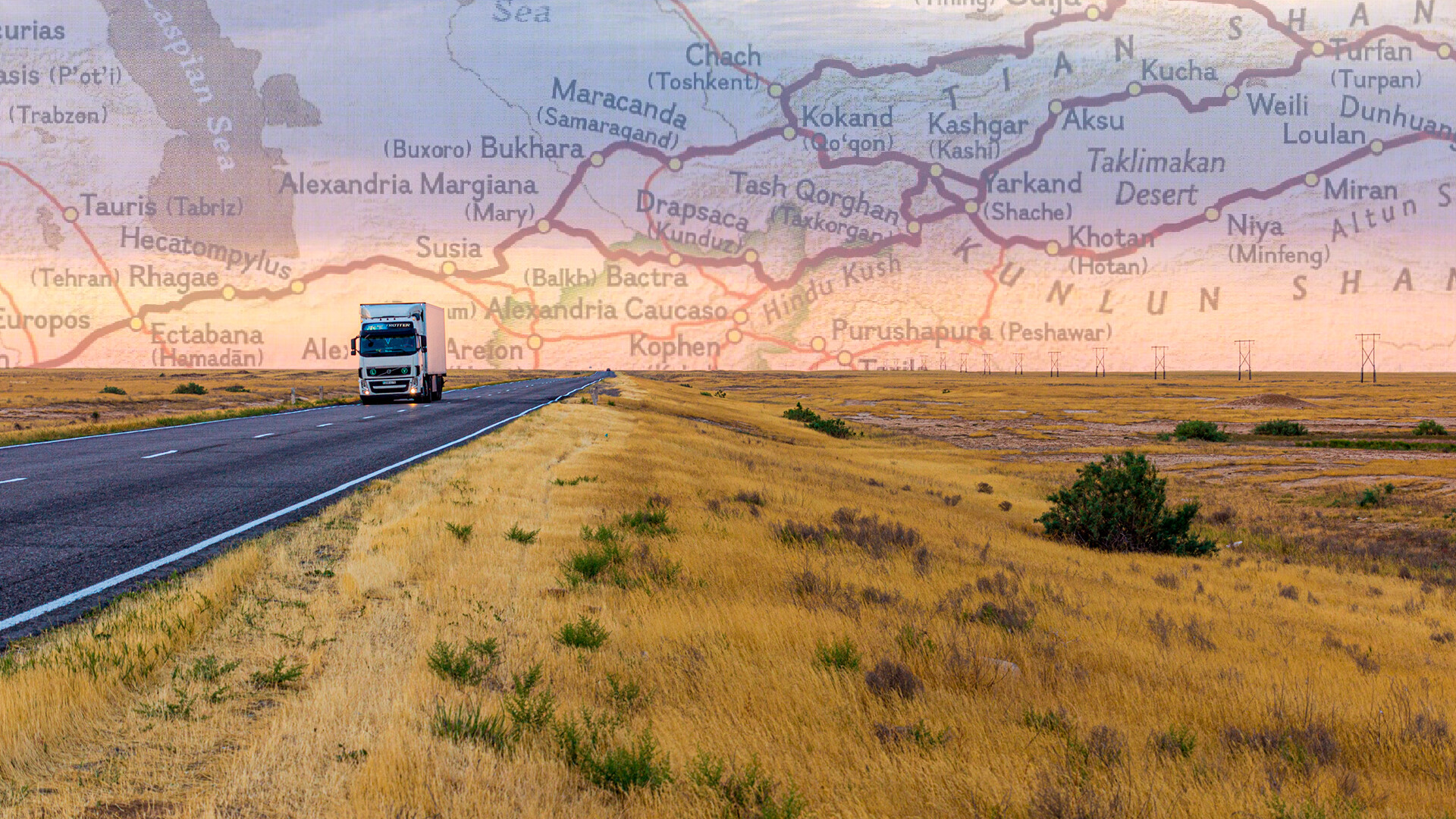
Caravans loaded with silk and spices had been going from China to the Roman Empire in the West since ancient times. Covering deserts, mountains and steppes, they carried precious metals, porcelain and silk, wool and leather, carpets, horses and exotic animals. And, of course, rice and tea. It’s believed that the Silk Road facilitated the mutual exchange of not just goods, but also technologies (for example, Europe learned how to make paper and gunpowder), as well as cultural and religious traditions. However, the plague also came from the East.
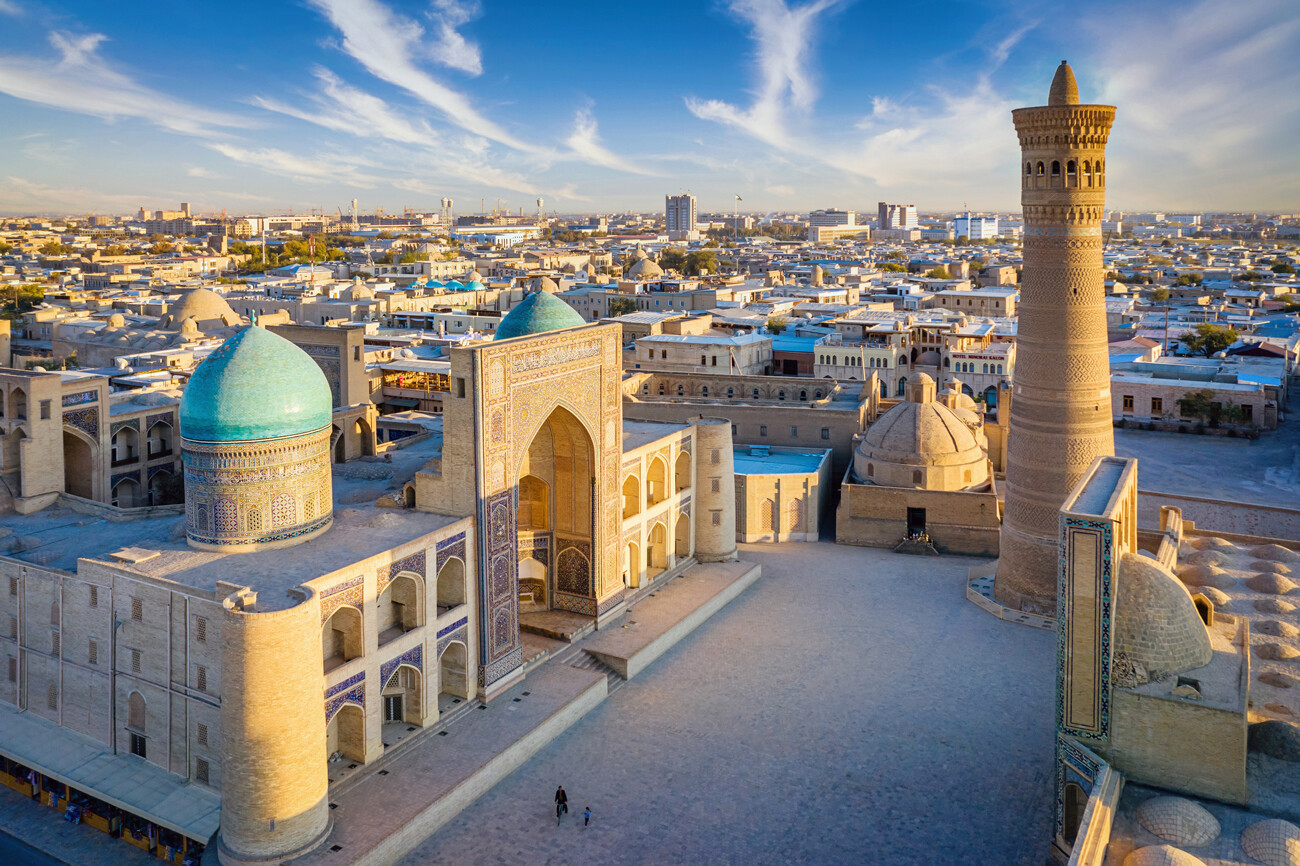
Bukhara (modern-day Uzbekistan)
Mlenny/Getty ImagesBack then, these lands belonged mostly to the Mongol Empire; in time, they became parts of the Russian Empire and the USSR. Among others, the ancient cities of Samarkand and Bukhara (current Uzbekistan) and Ashgabat (current Turkmenistan) stood in the way of the caravans.
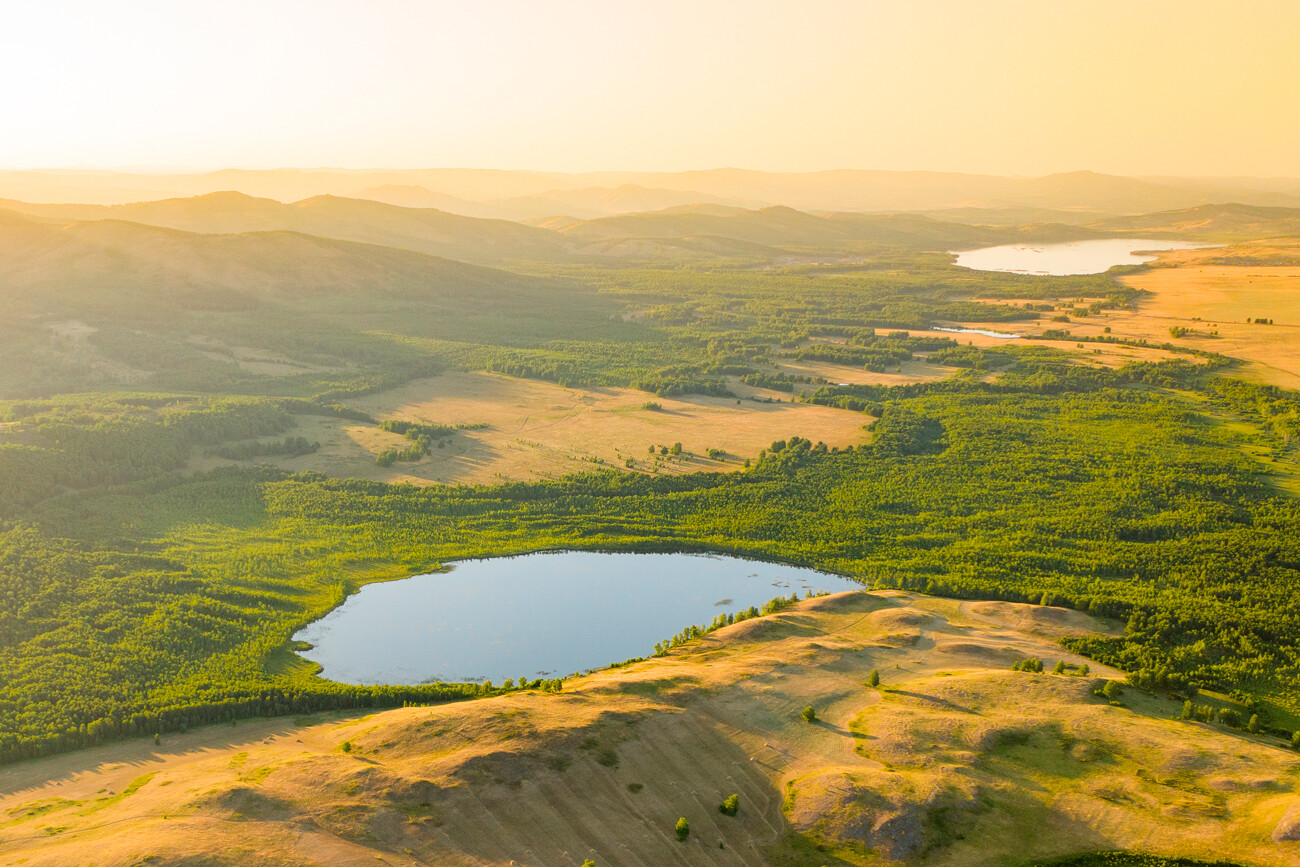
The Southern Urals
Legion MediaThe route and its branches also went through the south of the Ural Mountains; meanwhile, separate trade caravans reached Lake Baikal.

Kazan, the capital of Tatarstan
Legion MediaCircumventing the Caspian Sea, the caravans found themselves in the mouth of the Volga River; in time, they began actively using river routes for trade. That’s how a whole separate Volga trade route formed. China traded with Volga Bulgaria and with the Khazar Khaganate. Currently, that’s the territory of Tatarstan, which includes the trade cities of Kazan and Bolgar.
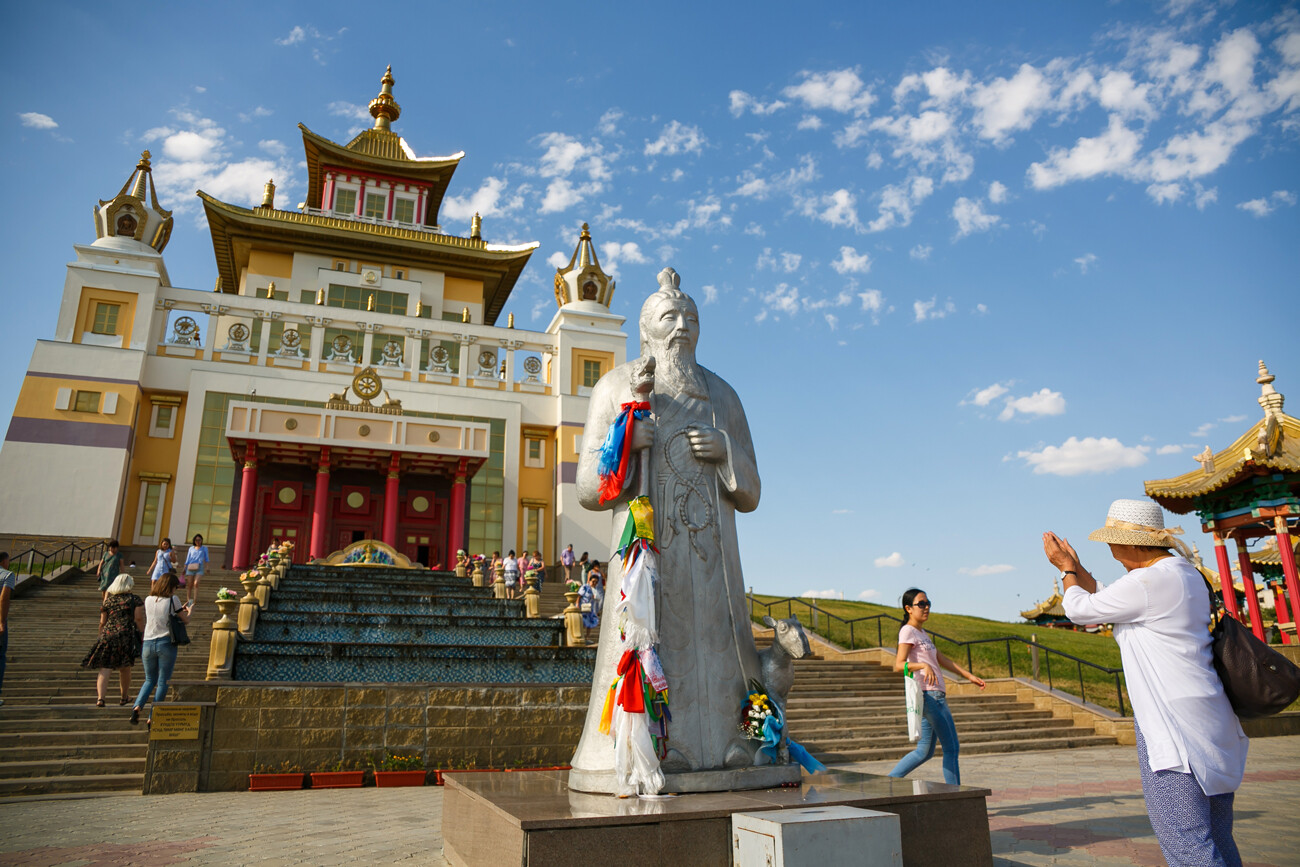
Elista, the capital of Kalmykia
Kirill Braga/SputnikHaving surmounted the main Russian Volga River, the caravans went through Kalmykian steppes and visited Elista. Now, it is Kalmykia – currently, the only Buddhist region of Europe. This southern region (currently a republic) joined Russia at the beginning of the 17th century.
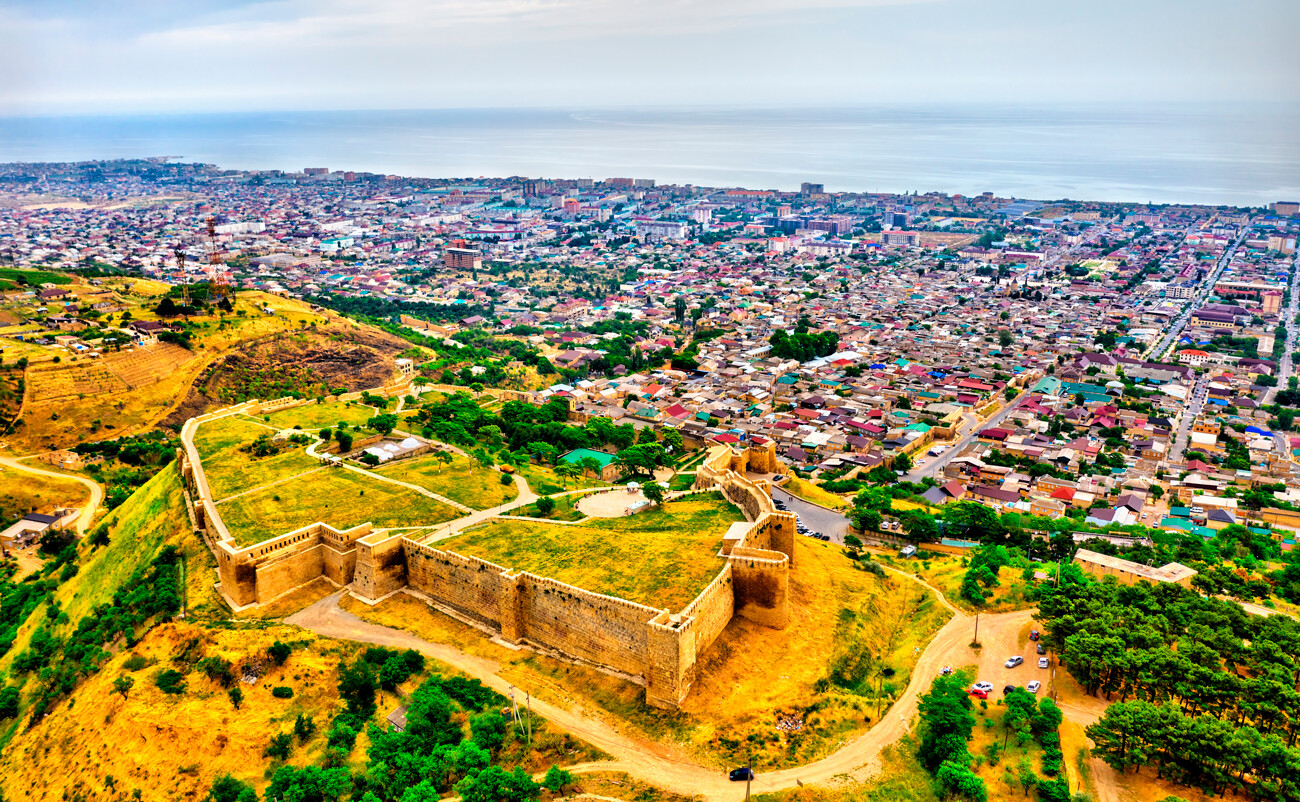
Derbent, Dagestan
Legion MediaSome caravans, circumventing the Caspian Sea from the north and crossing the Volga River, went further south to the Caucasus. They could also cross the Caspian Sea right away and arrive in the ancient city of Derbent (the modern Republic of Dagestan).
Through the Caucasus, both northern and southern, historians distinguish two branches of the Silk Road – the Misimian branch and the Darin branch. Some artifacts and the remains of different items from the East or, for example, from Egypt were found by archaeologists in different Russian republics of the Northern Caucasus. For example, ancient Chinese vases were found in modern Kabardino-Balkaria.
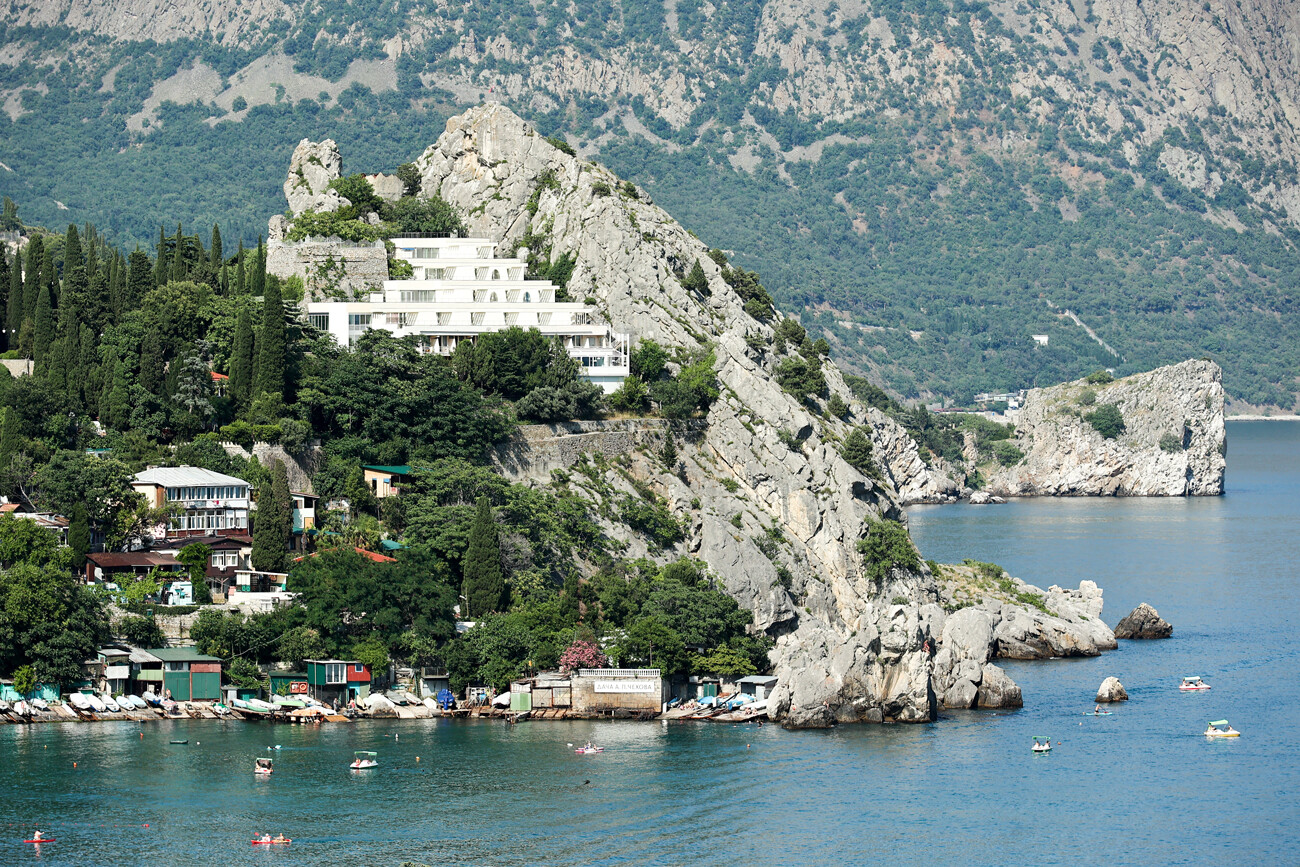
Crimea
Sergei Petrov/TASSGoing through the entire Caucasus, merchants tried to reach the Black Sea. The Taman Peninsula and Crimea once hosted ancient Greek colonies, which, later, were under the control of the Genoese and the Venetians, who then took their wares further into Europe. The route from the Black Sea led to Constantinople (currently Istanbul, Turkey). Currently, this is modern Krasnodar Territory and Crimea.
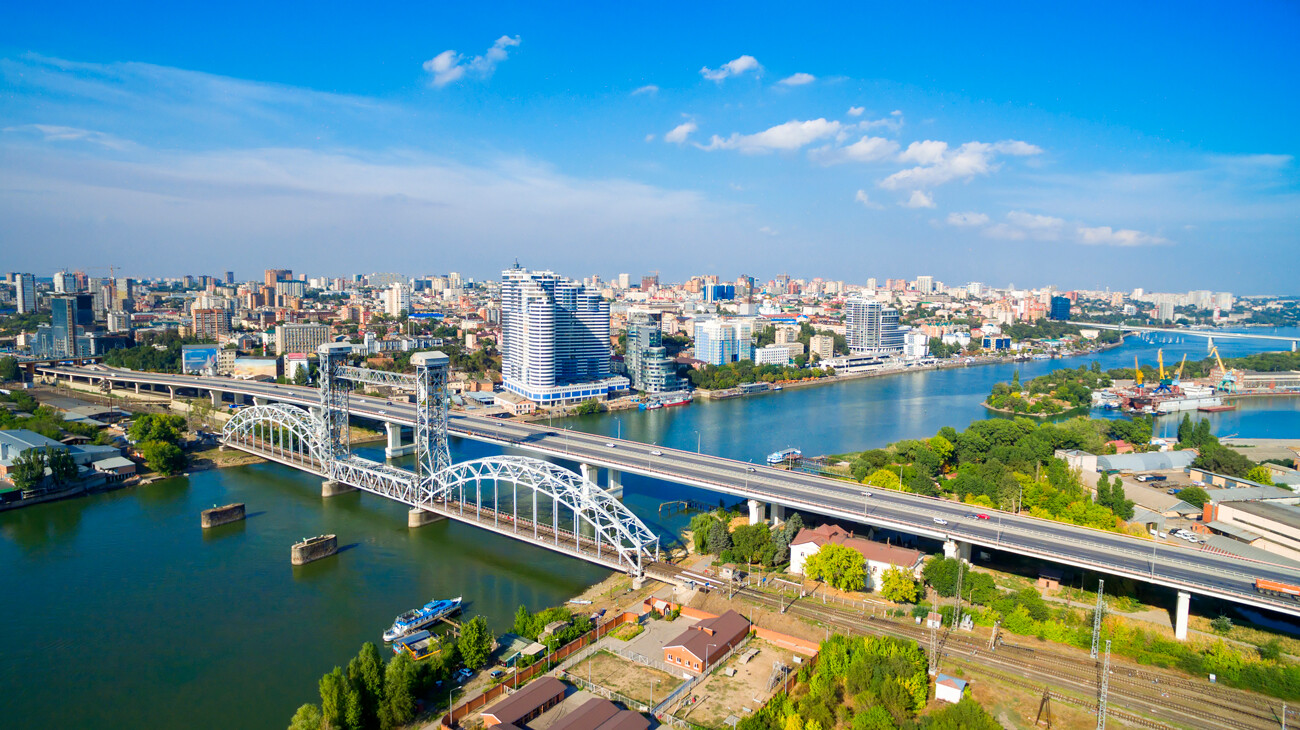
Rostov-on-Don
Legion MediaThere were caravans that went not to the Black Sea but, crossing the steppes and deserts of Kalmykia, were reaching the Sea of Azov and the mouth of the Don River (currently, Rostov Region).
***
Every year since 2009, the ‘Silk Road’ car marathon has been held in modern Russia, which also goes through Lower Povolzhye (Volgograd, Astrakhan), as well as Kalmykia, through the Caucasus and, sometimes, even reaches Central Asia and China.
Watch our video adventure about how to rush through the Silk Road on camels, horses or a motorcycle!
Dear readers,
Our website and social media accounts are under threat of being restricted or banned, due to the current circumstances. So, to keep up with our latest content, simply do the following:
If using any of Russia Beyond's content, partly or in full, always provide an active hyperlink to the original material.
Subscribe
to our newsletter!
Get the week's best stories straight to your inbox